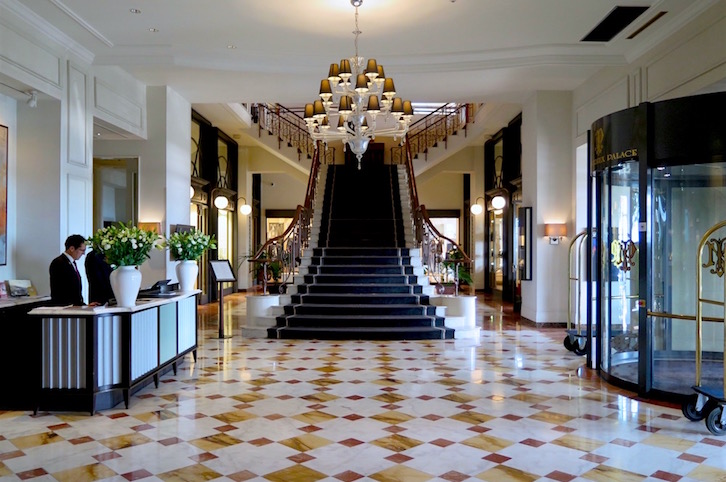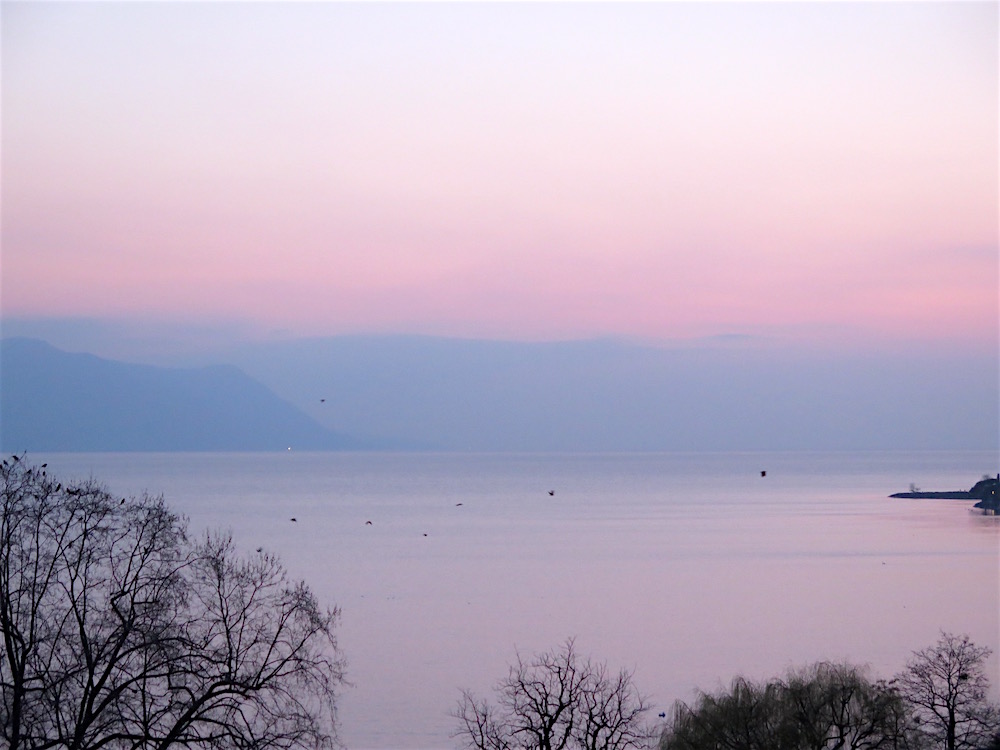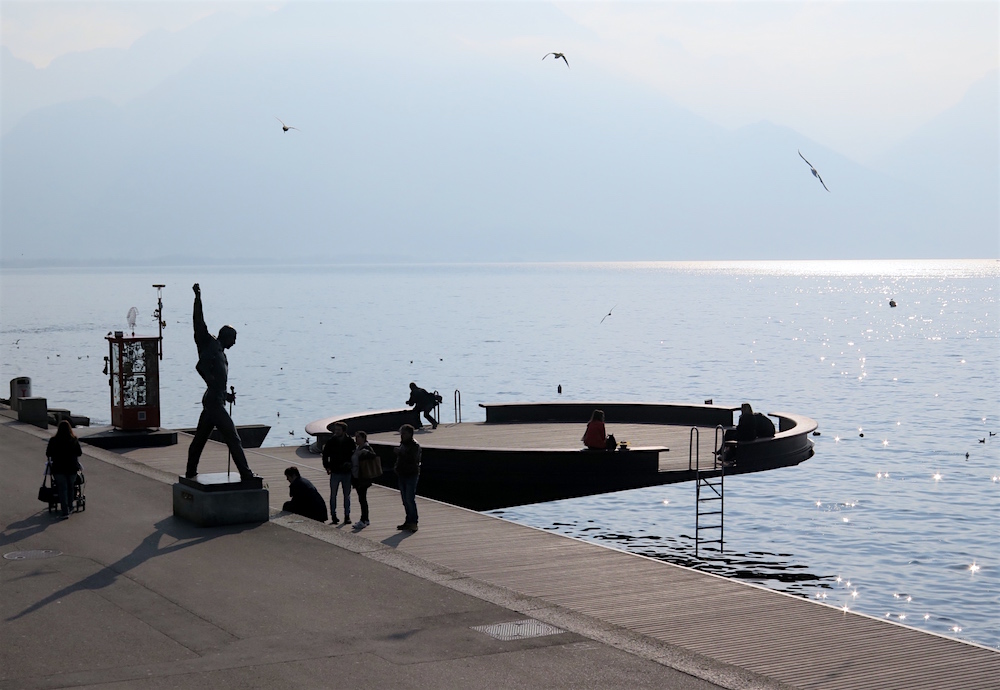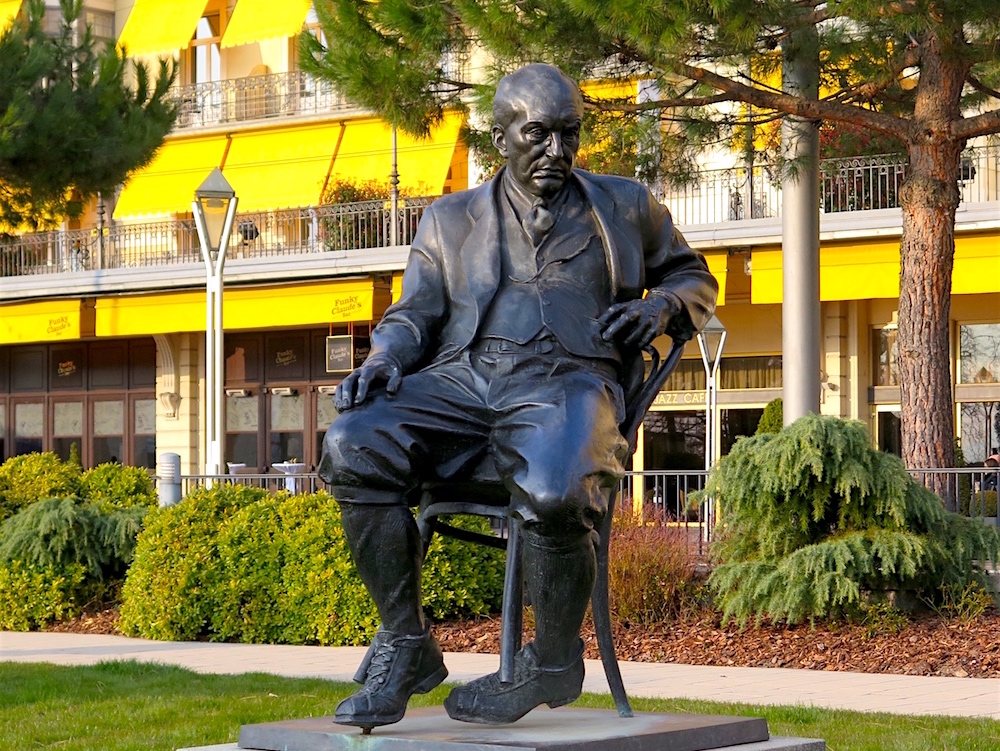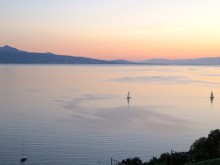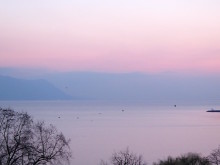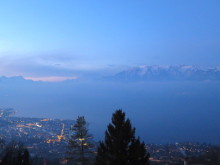As they say in Casablanca (1942), “Everybody comes to Rick’s”—and so might the same be said of the Fairmont le Montreux Palace, the Belle Époque gem along the waterfront of Lake Geneva, which has attracted luminaries throughout its history. Freddie Mercury, for one, for whom the hotel has designated a suite in his honor, which nicely complements the lakeside statue of the lead singer from Queen who considered Montreux his spiritual home.
Built in 1906, the Montreux Palace also has suites named in honor of Quincy Jones, as well as Claude Nobs, the founder of the Montreux Jazz Festival (celebrating its 50th anniversary in 2016) who is often referred to as “Funky Claude,” thanks to the lyrics of Deep Purple’s 1972 hit “Smoke on the Water.” Written about the 1971 fire that destroyed the Montreux Casino during a Frank Zappa concert, the song cites Nobs for his heroism in helping concertgoers to escape the conflagration.
For more than two centuries, visitors from around the world have been drawn to the Montreux Riviera for its mesmerizing landscape of mountains, vineyards, fields, and forests. Commencing with the publication of Jean-Jacques Rousseau’s Julie, or the New Heloise (1761) which became the best-seller of the century (or the 18th-century equivalent of the Twilight novels), Montreux and the surrounding area has remained a favorite home for numerous artists from Lord Byron who wrote “The Prisoner of Chillon” (1816) to the painter J.M.W. Turner, as well as the Russian-American writer Vladimir Nabokov who, with his wife, Vera, lived at the Montreux Palace for the last 16 years of his life.
The Nabokovs first arrived at the Montreux Palace in 1959 while visiting Nabokov’s sister in Geneva. By 1961, they had settled into the Cygne Wing of the hotel in an apartment complete with kitchen. Sir Peter Ustinov was also living at the Palace, which had become a second home for numerous Russian princes and aristocrats who arrived from St. Petersburg via luxury trains and carriages. Nabokov’s 16-year tenure at the Palace was marked by writing and long walks in the mountains where he pursued butterflies, a lifelong passion.
Drawn by the temperate lake climate as well as Montreux’s legendary hospitality, guests at the Montreux Palace have included Sarah Bernhardt, Richard Strauss, James Brown, Miles Davis, David Bowie, Prince, Grace Jones, Michael Jackson, as well as repeated visits from Queen frontman Mercury who used the Palace as his refuge while recording various albums.
Inspired by the atmosphere of the Montreux Jazz Festival, Montreux Jazz Café serves as a vibrant vault of musical memorabilia from the personal collection of Nobs (including a kimono from Freddie Mercury). The laidback, luxurious nightspot, located adjacent to the hotel lobby, offers a fascinating backdrop for cocktails and dinner, with Funky Claude’s Bar as the heart and hub of live performances.
The newly-opened MP’s Bar & Grill is an opulent belle époque brasserie outfitted in shades of emerald and oyster, with brass and embossed leather trimmings complemented by feature mirrors and silk and velvet upholstery, all fronting the breathtaking lakeside landscape. Refurbished in 2009, the hotel’s rooms and suites, furnished in a palette of pear, lime, and stone, with pale taupe walls and window treatments, offer panoramic lake and alpine views.
While the Nabokovs are buried in the nearby Cimetière de Clarens, guests at the Montreux Palace can pay their respects to the Russian master by visiting the hotel’s “Les Jardins du Palace,” a lakefront statuary garden that features a life size statue of Nabokov, which was donated in 1999 on the centennial of Nabokov’s birth.
Surrounded by statues of Ella Fitzgerald, B.B. King, Ray Charles, and other musical greats, Nabokov remains in good company at the Montreux Palace.

